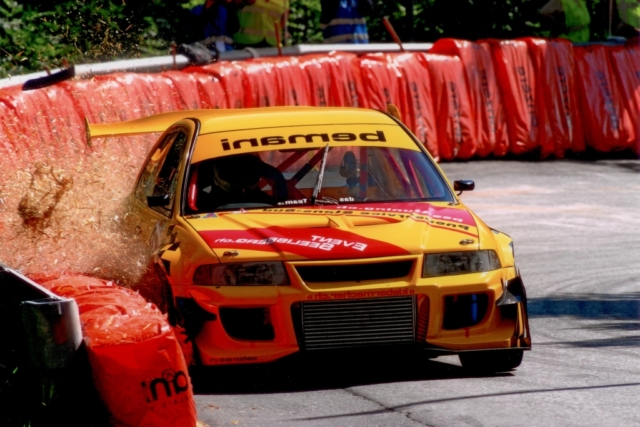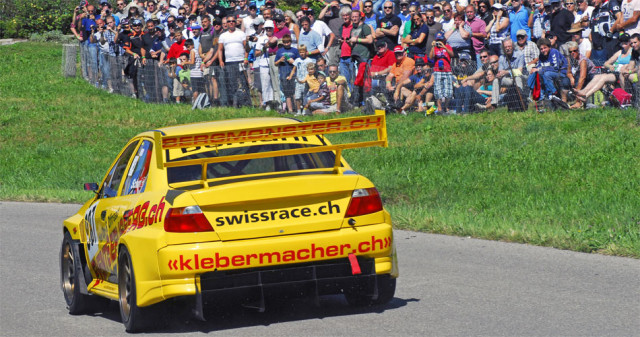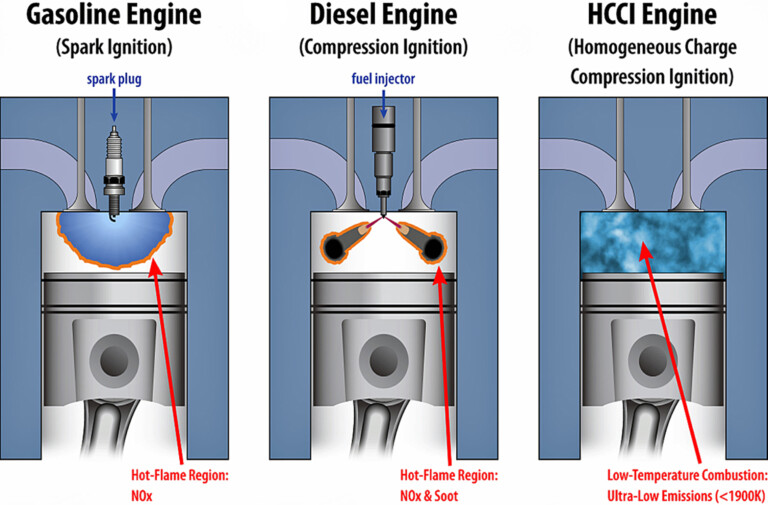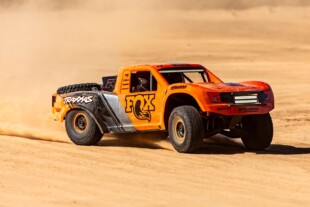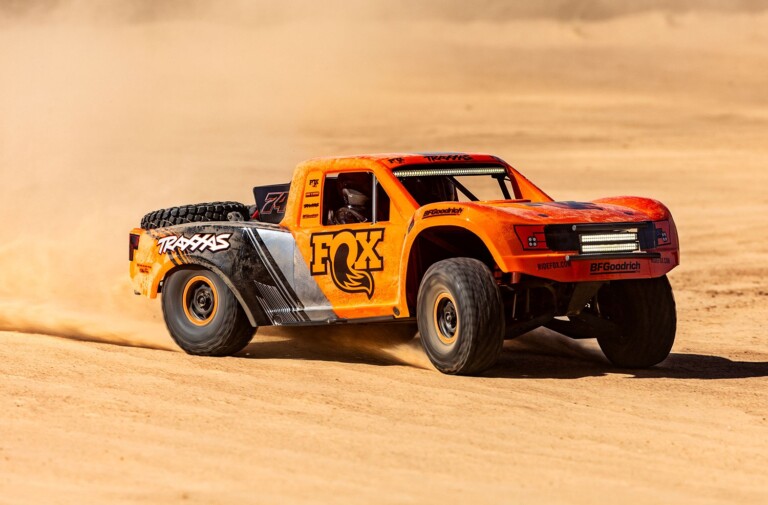There haven’t been too many cars that opt for both forms of forced induction, but in taking a cue from some of the most fearsome machines to emerge from the Group B era, this twincharged Evo VI shows exactly how effective using a supercharger and a turbocharger in conjunction can be. Hans Schori’s Lancer Evolution rockets out of corners with an urgency seldom seen with these sorts of small-displacement, turbocharged engines, thanks largely to a Bemani-sourced supercharger to give the 4G63 some extra juice below 3,000 RPM.
The turbo helps build that boost pressure throughout the remainder of the revs, and the result is something that pulls with the immediacy of an electric motor and the zing of a combustion engine at high revs. This combination nets 800 horsepower, and makes the Evo incredibly capable in the slower corners, where that wide powerband allows the Evo to rocket away without any fuss. With the aid of an Xtrac sequential gearbox, Schori reports the car is capable of hitting 62 miles per hour in less than 2.5 seconds, and that top-end power and huge torque allow for a top speed just shy of 190. Pretty impressive for something that has the aerodynamic profile of a brick.
An added benefit of the low-end torque of the supercharger blending with the top end of the turbo is that the delivery seems very progressive. This linear power delivery offers more predictability, and consequently, more speed in the quicker “hero” corners, where the pucker-factor is high, and the driver needs to trust their car to find that ultimate time. Capitalizing on this sort of high-speed effectiveness is the very obvious aerodynamic kit, complete with a massive rear GT wing, dagger-like canards, and a diffuser fitting of a DTM racer.
However, the strikingly-yellow Lancer Evolution spends most of its time negotiating tight, hairpin corners, in which the machine would have less success if it weren’t as light as it is. Weighing a scant 2,380 pounds, this lightweight wraps around corners effortlessly, and doesn’t rely on tail-out antics to get pointed in the correct direction. In fact, Schori’s sublimely-smooth work behind the wheel make the spectacle all the more impressive.
Known as the “Berg Monster,” Hans Schori’s fly yellow creation has ensnared the attention of hordes of spectators who frequent Swiss hillclimbs every year, and seems to have cultivated an aura around it. However, every fairy tale has an end, and while Schori’s little monster didn’t go out in a blaze of glory, Schori hung up his helmet after the beginning of 2012. After all, hillclimbing is an exceptionally dangerous sport in a much slower car. Seeing as Schori is nearing his late fifties, and the reaction times at that age have inevitably diminished somewhat, retiring was a wise decision. While the “Berg Monster” may be out of commission, its stellar performance and lavish exterior will remain fresh in the minds of hillclimb fans for years to come.



